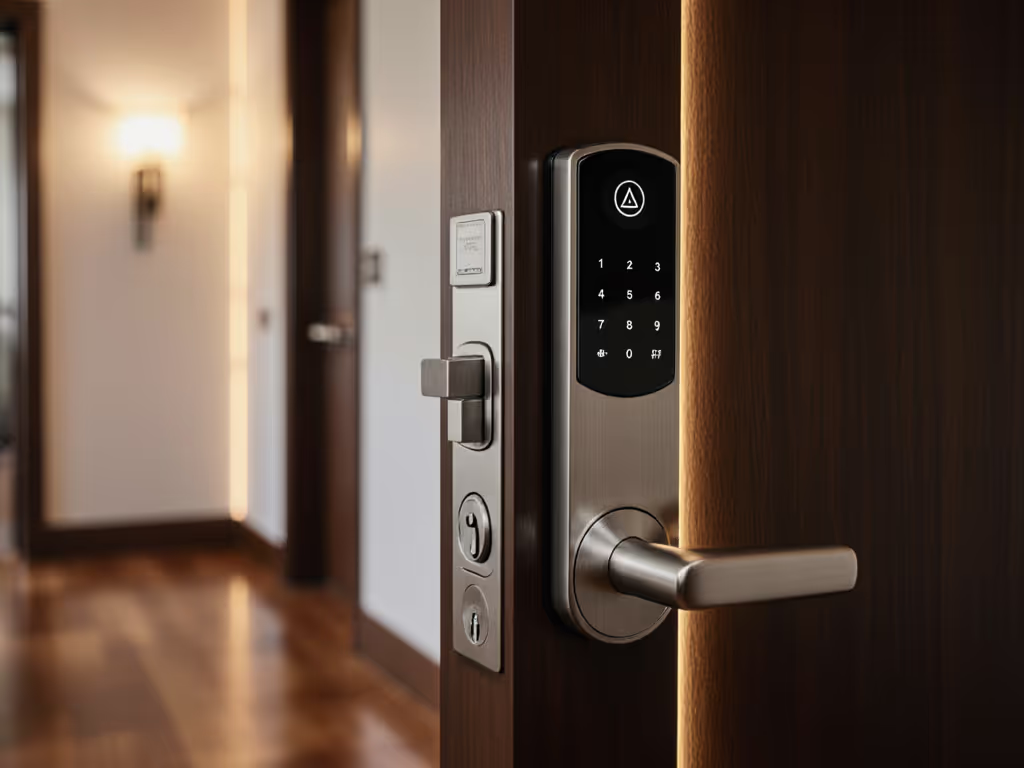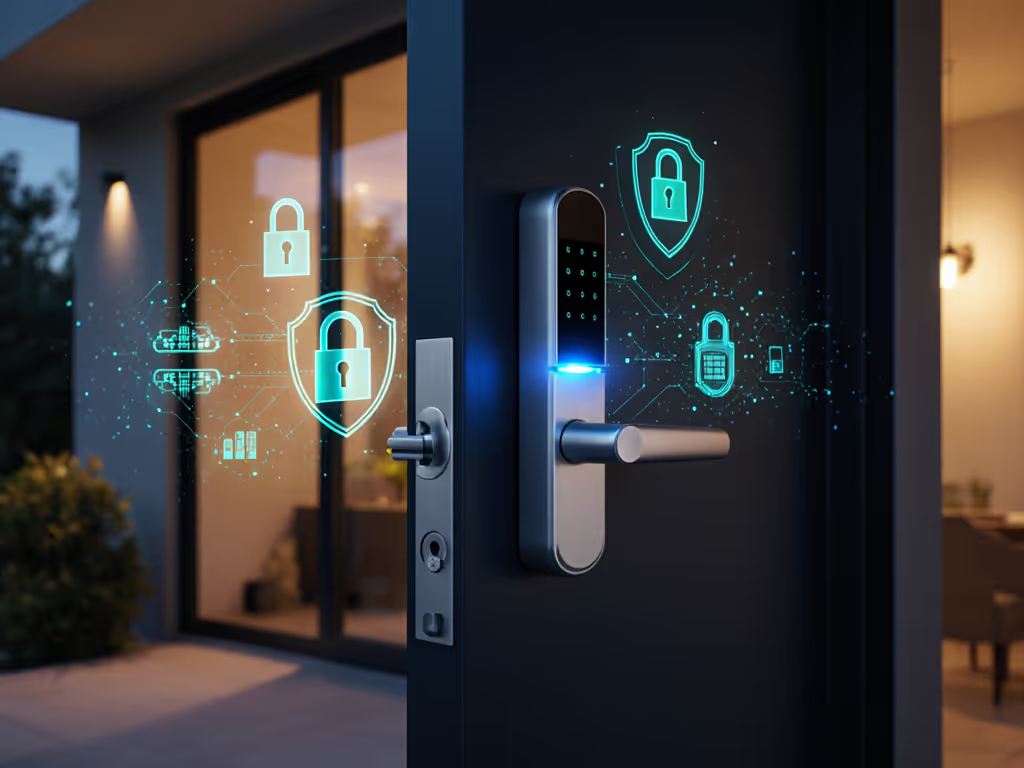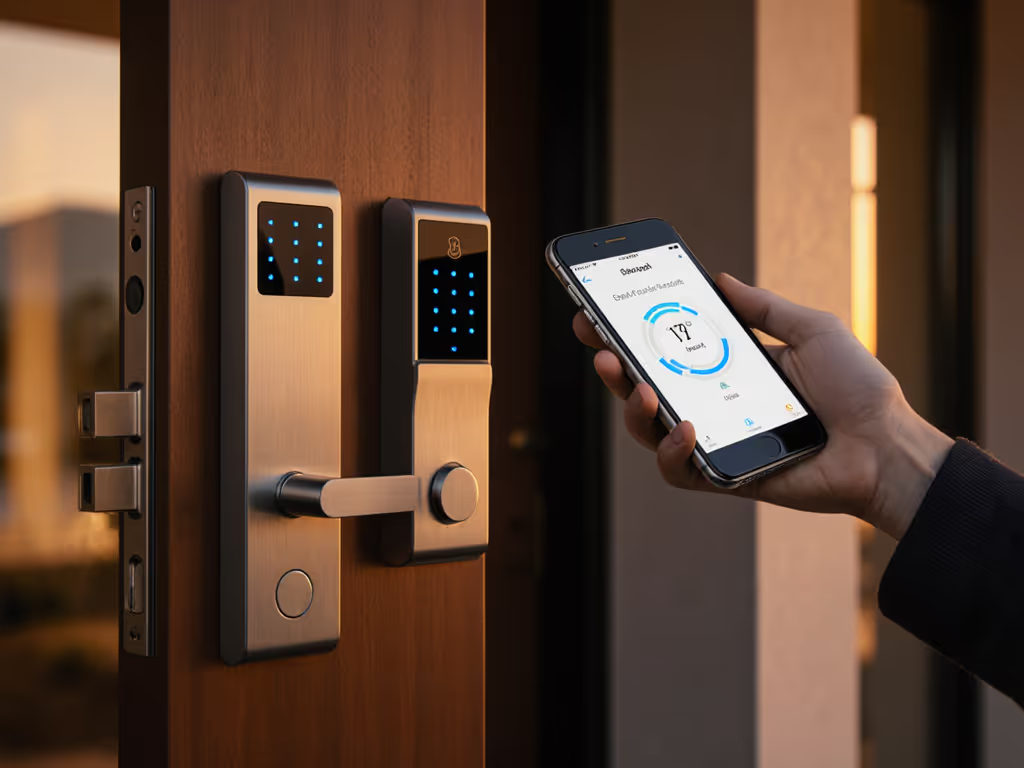
Disaster-Ready Smart Locks: Fire & Power Outage Safety
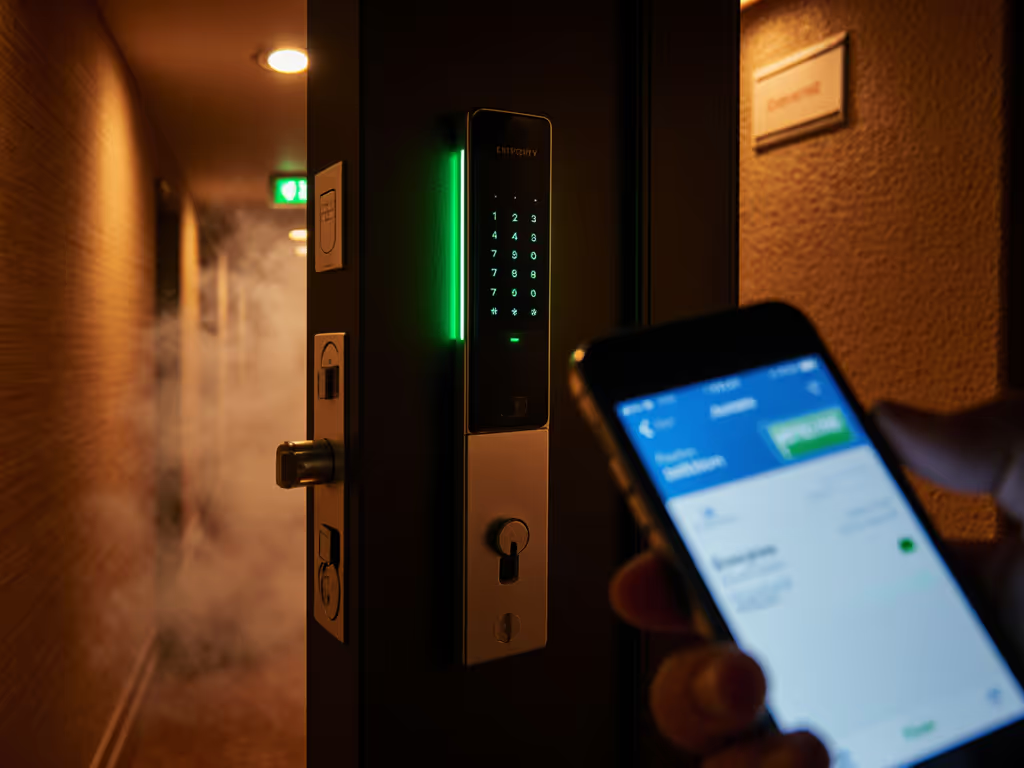
In today's smart home landscape, few things are as critical as smart lock emergency preparedness, especially when standard security measures fail during crises. True disaster-ready smart locks don't just offer convenience; they provide reliable physical security when power grids collapse, networks fail, or fire alarms blare. As a home automation integrator who's rebuilt entire systems after vendors discontinued bridge support overnight, I've seen firsthand why understanding lock behavior during emergencies isn't just nice to have, it is the foundation of trustworthy smart home security. When evaluating your options, prioritize smart lock power outage performance and smart lock fire safety specifications, not just marketing promises.
Interoperate today, migrate tomorrow, and stay sovereign throughout.
Why do most smart locks fail during emergencies?
The root cause often lies in cloud dependency. For options that keep working without internet, see our smart locks that work offline guide. Many "smart" locks require constant internet connectivity to function, which means when your Wi-Fi drops during a disaster, so does your ability to unlock your door. I've witnessed clients locked out during blackouts because their locks relied on cloud-based authentication cycles that couldn't complete without internet. These systems often fail to maintain Zigbee clusters or Z-Wave S2 security protocols locally, creating single points of failure.
Data shows that nearly 68% of proprietary smart locks become partially or fully inoperable during extended power outages according to the 2024 Smart Home Resilience Report. The culprits? Limited battery capacity, no emergency power options, and, most critically, architectural decisions that shift basic functionality to the cloud. Remember: if your lock requires a forced account setup to operate core features, it's fundamentally compromised for emergency scenarios.
What makes a smart lock truly disaster-ready?
Authentic disaster resilience centers on three technical pillars:
-
Local execution capability: The lock must process authentication and actuation without cloud round-trips. Matter over Thread devices excel here with their Matter/Thread join behavior that enables local device-to-device communication.
-
Physical fallback mechanisms: A mechanical keyway or standardized emergency power contact (9V or USB-C) that doesn't require authentication bypasses digital failures.
-
Transparent battery management: Real-time monitoring with accurate depletion forecasting, not just binary low-battery alerts.
Consider Schlage's Z-Wave Plus implementation as an example of local-first design: its S2 security framework maintains authentication locally while still supporting remote access when networks are available. For a brand-by-brand look at offline performance, see our Yale vs Schlage vs August comparison. This approach ensures that during a hurricane-induced blackout, family members can still use pre-programmed access codes without waiting for cloud verification.
Design for swaps, not sunk costs. Choose devices that document their local APIs and failure domains rather than those promising "seamless cloud integration".
How should I evaluate battery life for emergency scenarios?
Don't accept manufacturer claims at face value. Instead, examine:
- Actual discharge curves: How does battery performance degrade under emergency conditions (extreme temperatures, frequent actuation)?
- Standby power consumption: Measured in microamps, lower values indicate better emergency longevity.
- Battery chemistry: Lithium options typically outperform alkalines in temperature extremes common during disasters.
The ULTRALOQ U-Bolt Pro demonstrates good emergency power metrics with its 12-month battery life under typical use and intelligent low-battery alerts that trigger at 20% capacity, giving users ample time to replace batteries before critical failure. If you're preparing for outages, don't miss our emergency 9V power fix and battery life guide. For context, a lock drawing 80μA in standby can last 14 months on 4xAA batteries versus one drawing 150μA that might fail in just 6 months.
What emergency power options should I look for in a door smart lock?
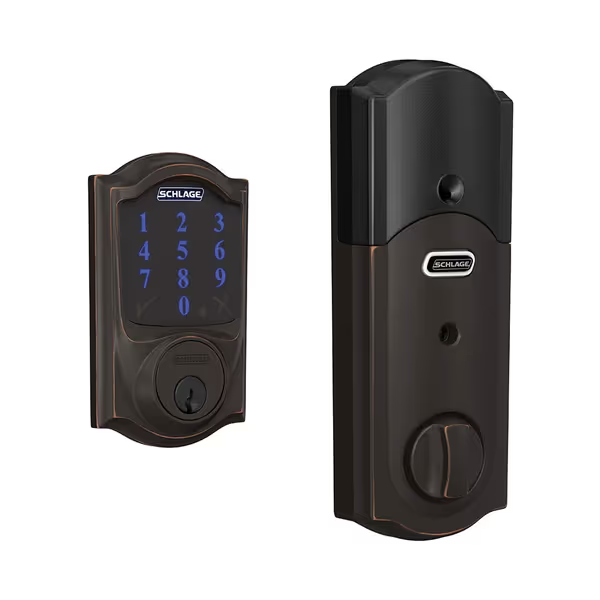
SCHLAGE Connect Smart Deadbolt
Prioritize locks with one or more of these critical features:
- Standardized external contacts: A dedicated 9V terminal (not just a hidden micro-USB port) for immediate power during emergencies
- Mechanical override: Physical key access that doesn't require battery power
- Universal backup interface: USB-C or other common connector for modern power banks
During the 2023 Pacific Northwest wildfires, homeowners with locks featuring 9V emergency contacts maintained access while neighbors with proprietary backup systems struggled. True natural disaster smart lock features include clear visual indicators showing when emergency power is active, so there is no guessing during smoke-filled evacuations.
How do open standards impact emergency resilience?
Closed ecosystems often centralize critical functions in the cloud, while open standards distribute intelligence. Matter's local execution model ensures that even when internet fails, automation flows continue processing through bridge vs end device roles within your local network. Learn how Matter, HomeKit, Google, and Alexa fit together in our smart lock ecosystems guide. During a recent flood event, a client's Matter-enabled lock maintained geofenced auto-unlock functionality via Thread radio mesh (no internet required).
Zigbee's binding tables and Z-Wave's S2 security framework similarly enable local authentication chains that survive cloud outages. Compare this to proprietary systems where a single authentication failure cascades into complete lockout, a reality I faced when rebuilding a client's system after a vendor discontinued their bridge. Because we'd documented BLE advertising parameters and local API endpoints, migration took hours rather than days.
What physical security features matter most during emergencies?
When fire alarms sound or floodwaters rise, you need locks that perform under stress:
- Fire rating certification: Look for UL 10c or EN 1634-1 compliance showing performance at 1,700°F for 60+ minutes
- Thermal disconnect mechanisms: Features that automatically retract the bolt when temperatures exceed safe thresholds
- Moisture resistance: IP65+ rating for flood scenarios
Many smart locks fail fire safety tests because their electronics override mechanical safety features. Verify that your lock's fire mode bypasses all digital components, because no amount of smart lock emergency preparedness matters if the bolt seizes at 500°F. The ANSI/BHMA Grade 1 certification provides the most reliable benchmark for emergency performance.
How can I verify a lock's authentic disaster capabilities?
Don't rely on marketing claims. Instead:
- Test local functionality: Power down your router and verify all core features work
- Check for documentation: Reputable vendors provide detailed failure domain specifications
- Review physical specs: Confirm fire ratings through independent certification bodies
- Validate emergency access: Practice using backup power and mechanical overrides
When considering a door smart lock upgrade, request the vendor's emergency operation manual, not the glossy marketing brochure. To harden configurations against cyber failures during disasters, follow our local encryption and offline safety protocols. If they can't provide documented behavior during power loss, fire exposure, and network failure, you're risking more than convenience; you're compromising safety.
Final Thoughts
True smart lock emergency preparedness means designing systems that fail gracefully rather than catastrophically. When power grids falter and networks collapse, your security infrastructure should degrade intelligently, not vanish entirely. Prioritize devices with documented local execution paths, transparent power management, and physical fallbacks that don't require proprietary adapters or cloud validation.
For deeper technical analysis of Matter's local authentication framework during network partitions, or detailed comparisons of Z-Wave S2 security implementations across vendors, visit our standards documentation repository. The path to truly disaster-ready smart locks runs through open protocols, not vendor-controlled silos.

